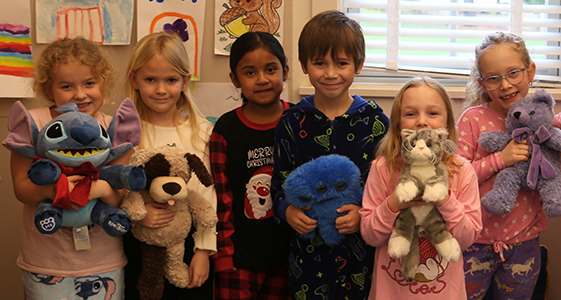||| ORCASIONAL MUSINGS by STEVE HENIGSON |||
I lived my first 10 years in a small village in New York State, the population of which was just a bit smaller than that of Orcas today. I was born just a few years after the end of the Great Depression, and there still were people in that village who remained involuntarily jobless, or, at least, underemployed and underpaid. Although the prices of things were almost unbelievably low by today’s standards, so was the pay scale. The truth is that, in terms of hours worked in order to get them, store-bought goods and housing were a lot more expensive back then.
My parents knew people who, no matter how hard they tried, would never be able to make ends meet, and who lived a life of continual deficit, deficiency, and desperation. But there was a relatively efficient, locally-run charity to fall back upon, and the most desperate people could depend upon it for the absolute necessities of life. It was called The Community Chest, and many a city, town, and village, all across the United States, had one.
Our village’s Community Chest was administered as a sort of coöperative effort by our local churches and the synagogue. No government agencies were involved. Parishioners were the sole source of income, and donation drives were a regular part of weekly religious services. Getting cash out of the Community Chest was easier and quicker if the applicant happened to be a member of one of the governing religious institutions, but nobody who was in real need was ever turned away with empty hands. It was a good system, particularly well suited to small-village life in which everybody knew everybody else, and everybody else’s business too.
Orcasians don’t have a Community Chest, per se. That might be at least partly because The Community Chest has grown into a large and centrally-managed national charity. Instead, we have our own small set of local, locally administered, and efficient community-support institutions which do the same sorts of things for our island’s people that the old Community Chest used to do.
“Where the rubber meets the road,” immediate and direct help is very quickly available from both the Food Bank and the Community Resource Center. If you’re hungry, the Orcas Island Food Bank will fill your larder with both raw and packaged food, and even a ration of hearty and delicious soup, with no questions asked and no judgments offered. The Orcas Island Community Resource Center, just a couple of blocks away, fills in the rest. They provide anyone who asks with confidential assistance that will help solve social, medical, and even financial problems.
Although both the Food Bank and the Community Resource Center will happily accept direct donations—cash, goods, or services—from all and sundry, the overarching financial provider is the Orcas Island Community Foundation. This institution solicits cash donations from the public, either in a general sense or targeted to a specific charity or need, and then carefully invests the money received in strategically targeted programs which cause the various funds that the foundation governs to grow.
Back when I was young, the collective Community Chest was tasked with doing it all. That could be quite a stretch, for small-village religious institutions whose various governing bodies may not have been completely financially competent or the best judges of individual character. But today on Orcas, the necessary tasks are divided among specialized organizations, and each kind of job is done by those best suited to that specific task. It’s quite an improvement over the original Community Chest model, and it seems to be nicely satisfying every need.
Have you sent in a donation recently?
**If you are reading theOrcasonian for free, thank your fellow islanders. If you would like to support theOrcasonian CLICK HERE to set your modestly-priced, voluntary subscription. Otherwise, no worries; we’re happy to share with you.**









Lovely words, and sentiment, Steve.